Case Report: 16CA002
Foreman dies when he is crushed in a hay baling machine
Download a PDF to print this report:
Foreman dies when he is crushed in a hay baling machine (16CA002, PDF)
Summary
A foreman was crushed in a hay baling machine while he was clearing debris out of the machine. The foreman went through a gate with sensors that were designed to shut the machine off while he entered the area that moves the compacted bales. While the foreman was clearing the debris, he was crushed between moving parts of the machine. Testing on the gate sensors after the incident showed that they were working properly. The employer did not have an Injury and Illness Prevention Program (IIPP), and there was no lockout/tagout system in place at the time of the incident.
The CA/FACE investigator determined that, in order to prevent future incidents, companies that process and bale hay should:
- Develop and implement safety and training programs for employees that include hazard evaluation, formal training, supervision, and communication.
- Develop and implement a comprehensive hazardous energy control program including a lockout/tagout procedure and training.
Introduction
On Monday, February 15, 2016, at 5:30 p.m., a 49-year-old male foreman at a hay export and processing facility was crushed in a hay baler while he was cleaning the machine with compressed air. The CA/FACE program learned of the incident on February 19, 2016, from a media report. On Tuesday, March 15, 2016, the incident site was visited and the company manager, a supervisor, and other employees were interviewed. The machine involved in the incident was inspected and photographed.
Employer
The employer of the victim was a hay export and processing facility that receives bales of hay from various suppliers, and then cuts these bales to different sizes for U.S. and international customers. The facility includes a warehouse for hay bale storage and a forage compactor (baler) manufactured by Hunterwood Technologies (10000 series). This facility had been in operation for four months when the incident occurred, and had 24 employees. There were 14 employees on shift at the time of the incident.
Written Safety Programs and Training
The company did not have a written IIPP. There was no written policy or procedures for a lockout/tagout program. There was no training (formal, informal, or on the job) provided by the employer. There were no written training records, and no specific training on lockout/tagout. The employees of the facility stated that the manufacturer had given instruction on the operation and safety of the hay baler after installation of the machine. Although the operations manual for the 10000 Series Forage Compactor involved in this incident was not obtained, the Hunterwood 9000 Series Forage Compactor Operations Manual stated that proper lockout/tagout procedures should be followed during cleaning or servicing of parts.
Worker Information
The victim was a 49-year-old male who had been working for the company for two weeks. He was considered a supervisor in training. It is not known what company training was provided to the victim. He was born in Iraq, and had completed some college. He was fluent in English.
Incident Scene
The scene of the incident was a warehouse that houses a hay baler - an automated machine that is designed to take large bales of hay and cut and resize them into a variety of bale sizes and weights. The hay baler is run by an operator who can control the operation of the machine at a computerized panel. A bale of hay is automatically loaded onto the hay baler, where it is resized to customer specifications. The bales are compressed, tied, weighed, and removed for storage and shipment. A magazine kicker arm moves the hay bale to an area for pickup after it has been compressed and tied. All moving parts of the hay compactor, including the kicker arm, were painted yellow to warn of a hazard. Portions of the machine with moving parts, including the magazine area, were enclosed by a six-foot metal enclosure with access gates. The access gates were equipped with an interlock sensor so that the machine would shut off when the gates were opened. The hay baler was installed at the company by the manufacturer.
Investigation
On the day of the incident, the victim was the foreman overseeing the workers feeding hay into the hay baler and removing the finished product. At approximately 5:00 p.m., the victim told the machine operator that he was going to clean the baler with compressed air. The victim likely entered the magazine area through the access gate. It is not known if the victim disabled the interlock sensor so the machine would not shut off when he opened the gate. The machine operator stated that he was at the control panel at the time of the incident, was not aware that the victim was in the magazine area, and that the machine did not shut down at the time of the incident. At approximately 5:15 p.m., a forklift operator noticed the victim in the magazine area between the kicker arm and the magazine frame. The forklift operator yelled to the machine operator to shut the hay compactor off. The kicker arm was manually operated to release the victim. Emergency services were called and the victim was transported to a local hospital where he later died from his injuries.
Contributing Factors
Occupational injuries and fatalities are often the result of one or more contributing factors or key events in a larger sequence of events that ultimately result in an injury or fatality. The CA/FACE team identified the following contributing factors in this incident that ultimately led to the fatality:
- Unclear communication between machine operator and victim.
- No lockout/tagout program.
- No safety or training program.
Cause of Death
The cause of death according to the death certificate was crushing injury of chest and abdomen.
Recommendations
To prevent future incidents, companies that process and bale hay should:
Recommendation #1: Develop and implement comprehensive safety and training programs for employees that include hazard evaluation, recognition, formal training, supervision, and communication.
Discussion: In this incident, the employer had no safety or training programs in place for the employees to follow. Having a documented safety and training program and an IIPP is an effective method of ensuring all employees receive the necessary safety information needed to perform their jobs in the safest possible manner. The employer needs to instruct each employee in the recognition and avoidance of unsafe conditions and the regulations applicable to that work environment. The employer also should identify and then control or eliminate any hazards or other exposures that could cause injury or illness, and train employees in safe work practices that apply to the work they are asked to perform. Employee achievement of skills should be verified through a testing program. Training in recognizing and avoiding hazards should be given to all workers before they start a new task, a new process, or operate new machinery. Employers need to have safeguards built into the system to ensure that their training is implemented when required. An effective IIPP should include the following:
- The name of a person or persons with authority and responsibility for implementing the IIPP.
- A system for ensuring that employees comply with safe and healthy work practices.
- A system for communicating with employees in a form readily understandable by all employees on matters relating to occupational safety and health, including provisions designed to encourage employees to inform the employer of hazards at the worksite without fear of reprisal.
- Procedures for identifying and evaluating workplace hazards including scheduled periodic inspections to identify unsafe conditions and work practices.
- Procedures to investigate occupational injury or occupational illness.
- Methods and/or procedures for correcting unsafe or unhealthy conditions, work practices, and work procedures in a timely manner based on the severity of the hazard.
- Training and instruction for all new employees and all employees given new job assignments for which training has not previously been received; whenever new substances, processes, procedures, or equipment are introduced to the workplace and represent a new hazard; and whenever the employer is made aware of a new or previously unrecognized hazard. The training should also include testing programs that verify and document an employee’s achievement of skills, especially for new supervisors so they can familiarize themselves with the safety and health hazards to which employees under their immediate direction and control may be exposed.
If the employer had a safety program in place, the hazard might have been identified and eliminated by ensuring that employees implement a lockout/tagout procedure prior to entering an identified hazard area of the machine.
Recommendation #2: Develop and implement a comprehensive hazardous energy control program including a lockout/tagout procedure and training.
Discussion: In this incident, the victim entered a restricted area of the machine while it was in operation. A restricted area is any place in or around a machine or piece of equipment where an employee may be struck or caught between moving parts, or caught between moving and stationary objects or parts of a machine. In this incident, the victim entered through an access gate that is designed to shut the machine off when opened. However, this gate was not designed as, and should not be considered part of a lockout/tagout program. It is possible that the victim bypassed the gate sensor and the machine started spontaneously, or the machine operator did not see the victim and restarted the hay baler at the computer controls. In any event, the access gate should not be construed as the sole means to prevent employees from injury from the hay baler's moving parts.
A lockout/tagout program addresses all the forms of hazardous energy that need to be deenergized, isolated, blocked, and/or dissipated before workers begin any installation, maintenance, service, or repair work. The method of energy control depends on the form of energy involved and the available means to control it. Lockout/tagout programs should address the following issues:
- All forms of hazardous energy are de-energized, isolated, blocked, and/or dissipated before work begins.
- Workers are able to secure energy control devices with their own individually assigned locks and keys, and that there is only one key for each lock the worker controls.
- Locks used to secure an energy control device are clearly labeled with durable tags to identify the worker assigned to the lock.
- There is verification by test and/or observation that all energy sources are de-energized before work begins.
- All workers are clear of danger points before re-energizing the system.
Employers also need to be sure that affected workers have a clear understanding of when hazardous energy control procedures apply, and provide worker training in their primary language on how to properly apply the procedures. Employers need to ensure that lockout/tagout procedures are specific to each machine. In this incident, if lockout/tagout procedures had been in place, the hay baler would have been de-energized and the victim would not have been crushed.
Exhibits
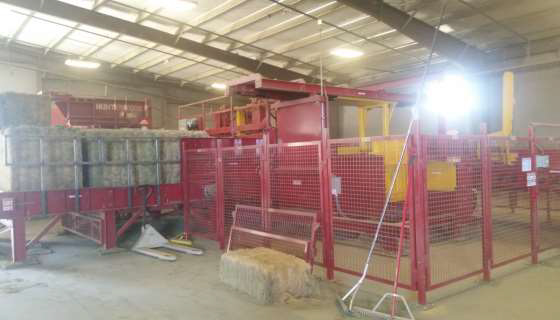
Exhibit 1. The intake portion of the hay baler.
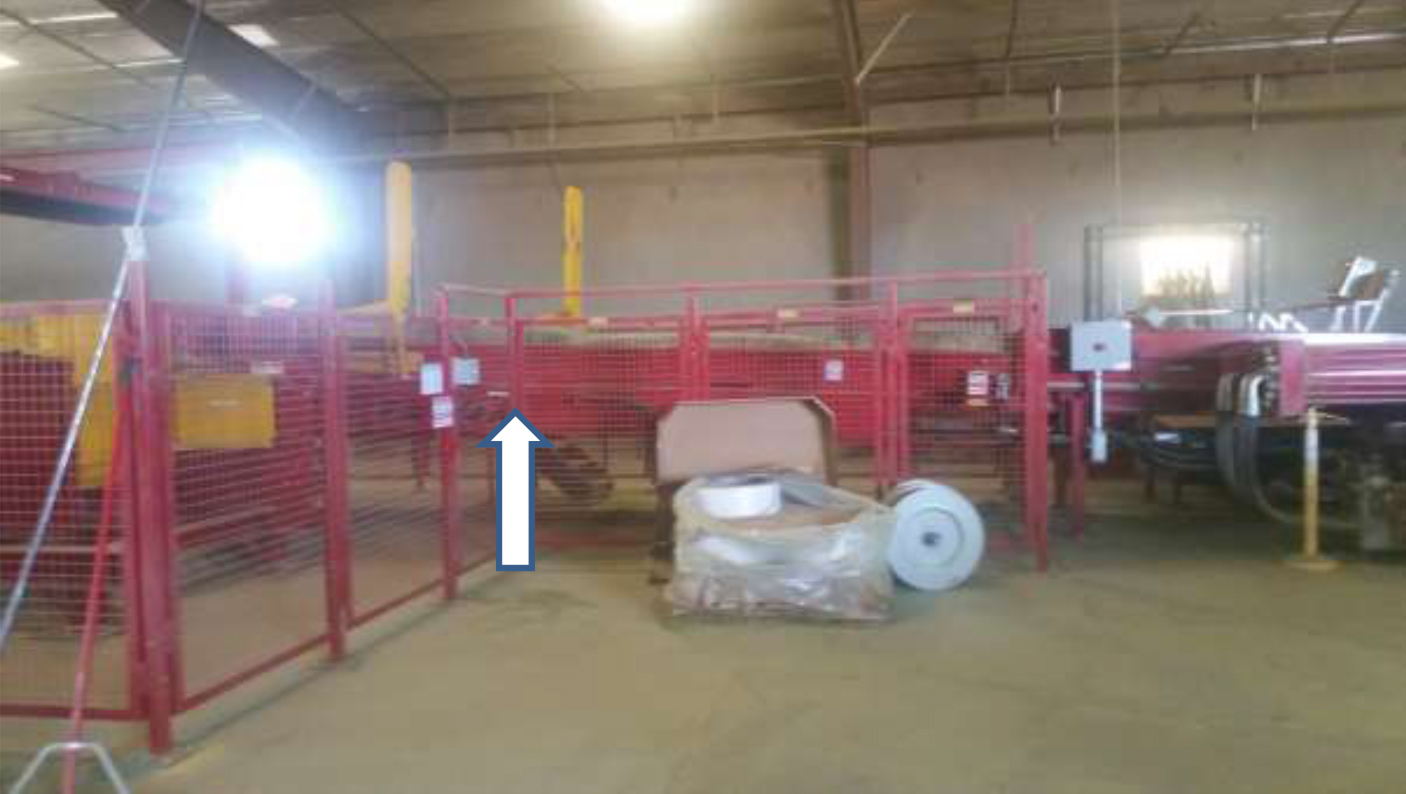
Exhibit 2. The hay baler's slicer box.
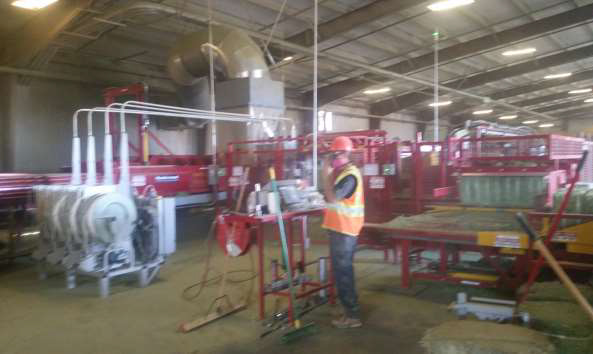
Exhibit 3. The hay baler operator's station.
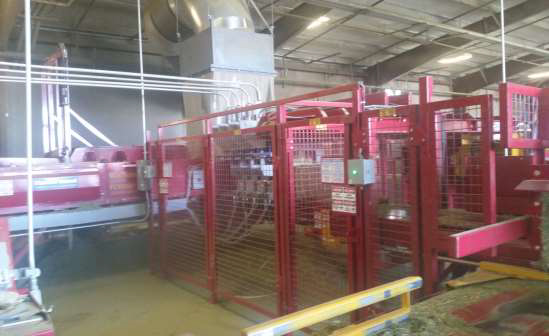
Exhibit 4. The hay baler compression, strap chamber, output scale and cutter box.
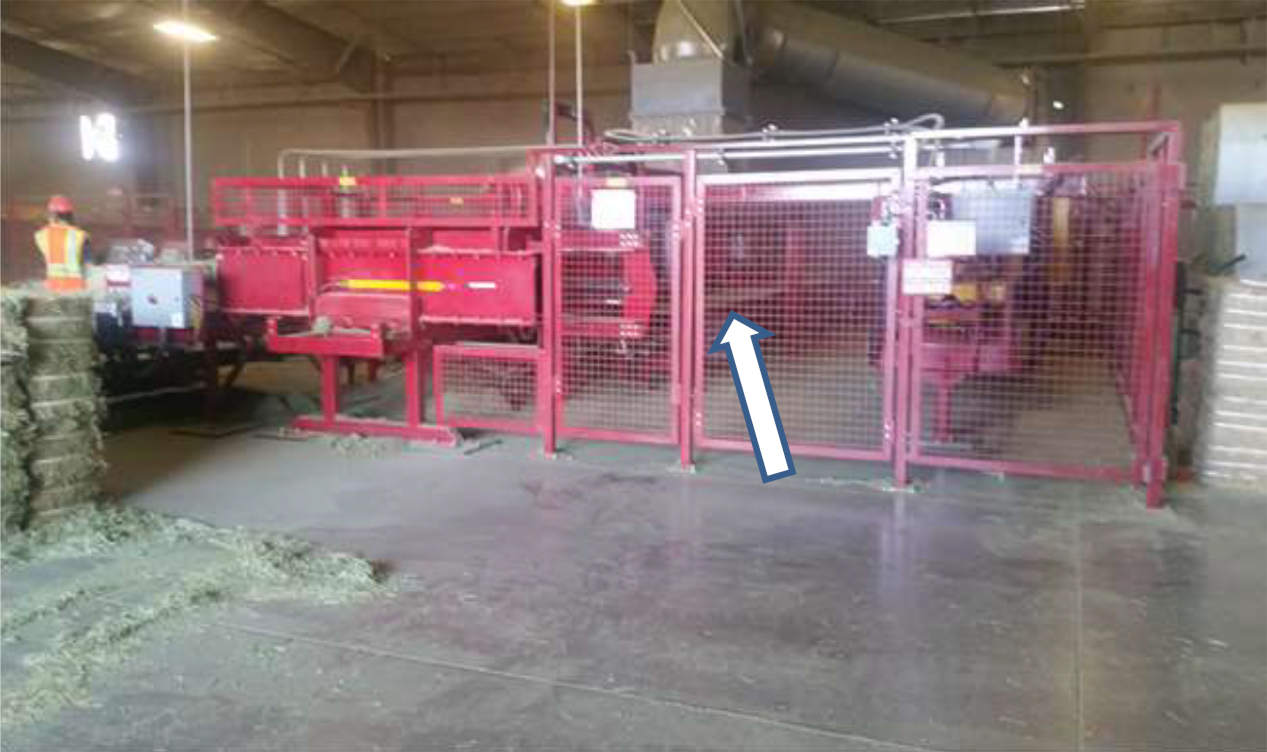
Exhibit 5. The splayer table and shuttle (area where the incident occurred).
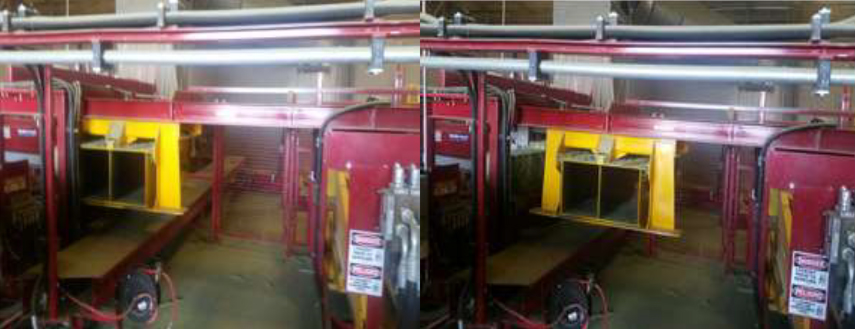
Exhibit 6. The moving part (in yellow) that crushed the victim.
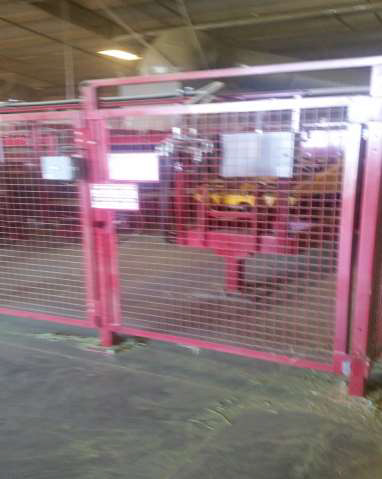
Exhibit 7. The gate the victim most likely accessed to gain entry into the restricted area.
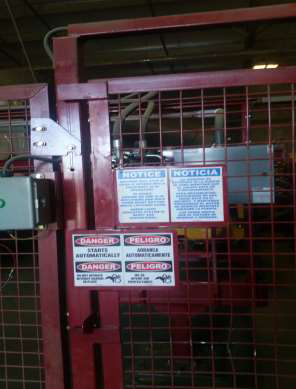
Exhibit 8. The safety signs on the gate.
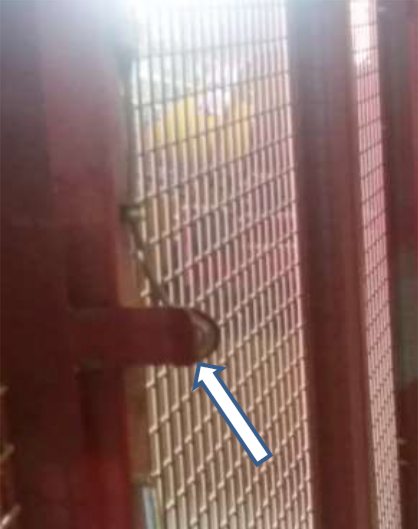
Exhibit 9. The safety sensor on the gate.
References
Division of Occupational Safety and Health - Title 8 regulations - Subchapter 7 - General Industry Safety Orders, Group 8. Points of Operation and Other Hazardous Parts of Machinery - Article 61. Compaction Equipment ◦§4350. Scope.
◦§4351. Definitions.
◦§4353. Stationary Compaction Equipment and Balers.
◦§4355. Operating Rules for Compaction Equipment.
Group 6. Power Transmission Equipment, Prime Movers, Machines and Machine Parts - Article 41. Prime Movers and Machinery ◦§4002. Moving Parts of Machinery or Equipment.
Group 2. Safe Practices and Personal Protection - Article 7. Miscellaneous Safe Practices ◦§3314. The Control of Hazardous Energy for the Cleaning, Repairing, Servicing, Setting-Up, and Adjusting Operations of Prime Movers, Machinery and Equipment, Including Lockout/Tagout.
Cal/OSHA - Title 8 regulations
Chapter 4. Division of Industrial Safety
Subchapter 7. General Industry Safety Orders
Group 1. General Physical Conditions and Structures Orders
§3203. Injury and Illness Prevention Program.
Subchapter 4. Construction Safety Orders
Article 3. General
§1509. Injury and Illness Prevention Program.
California Case Report #05CA003 (PDF)
NIOSH Publication No. 2003-124: Preventing Deaths and Injuries While Compacting or Baling Refuse Material (PDF)
NIOSH Safety and Health Topic Page on Machine Safety
Authors
Hank Cierpich, FACE Investigator
Robert Harrison, MD, MPH, FACE Project Officer
Laura Styles, MPH, Research Scientist
December 1, 2016